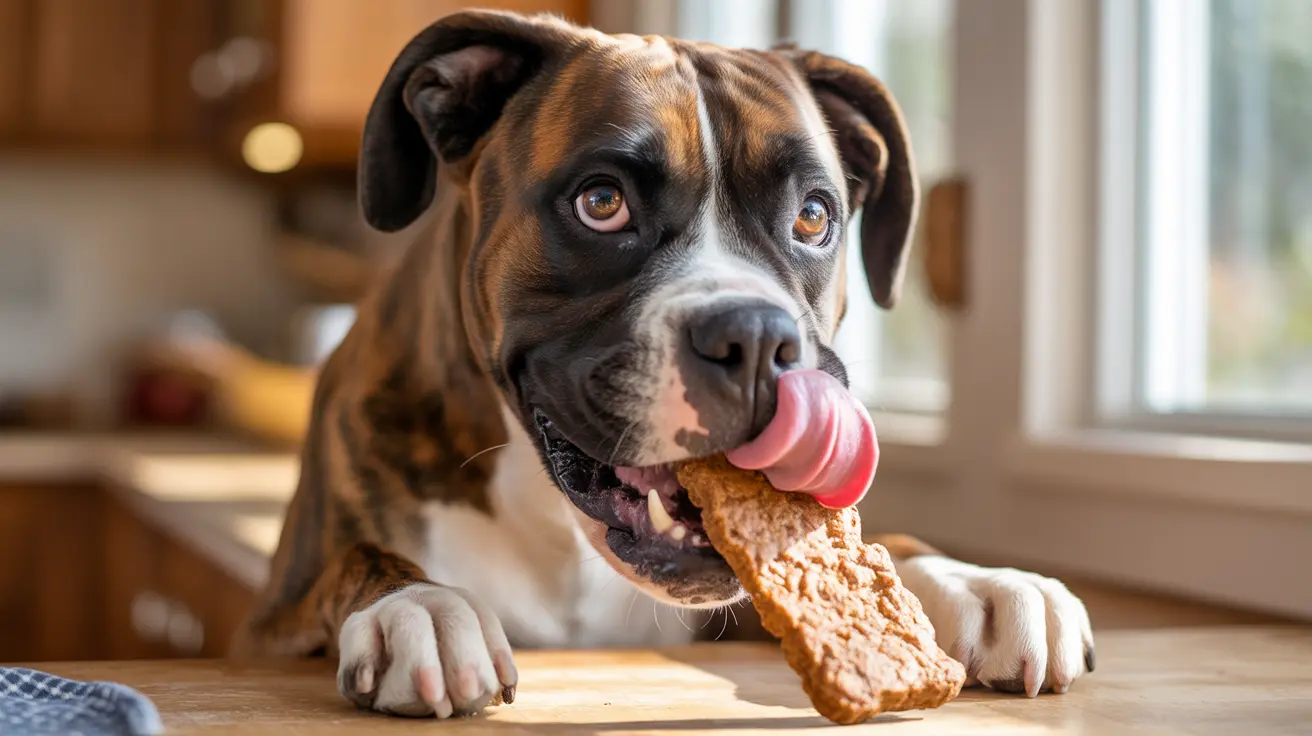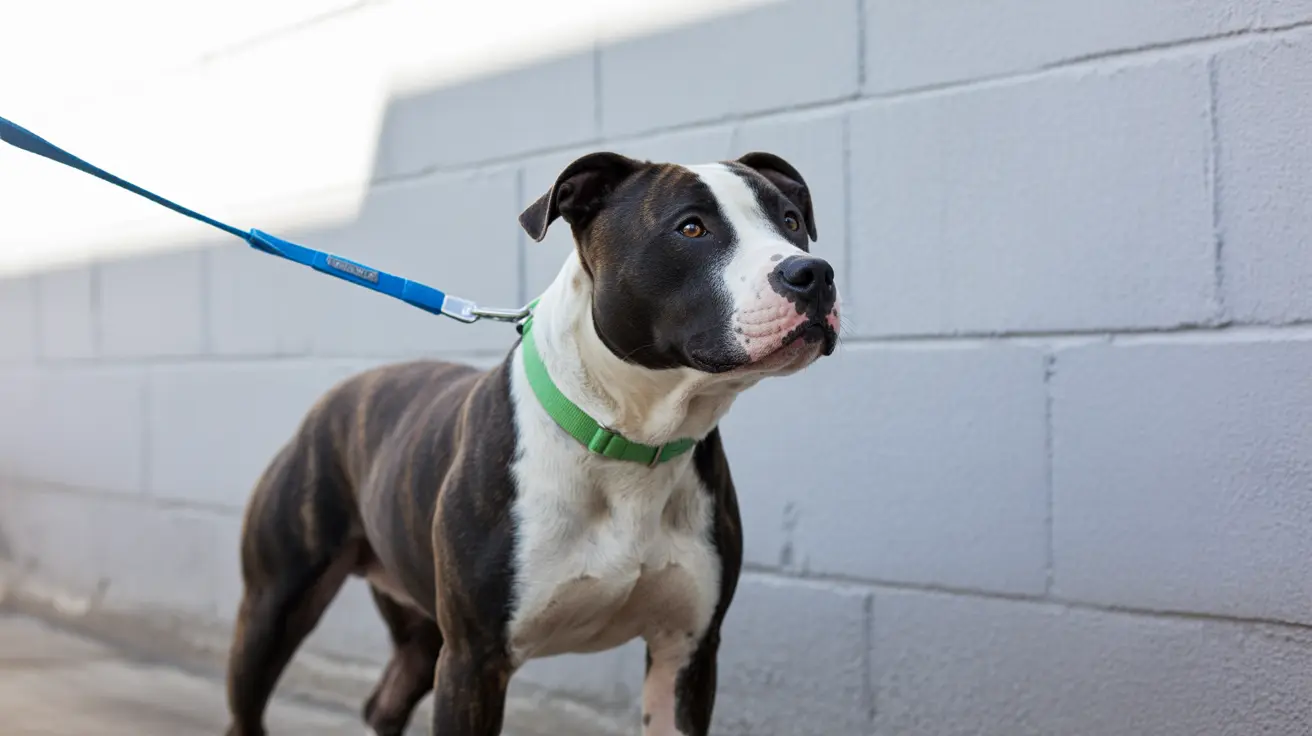Understanding Why Dogs Sleep So Much
If you've ever noticed your dog snoozing away for what seems like most of the day, you're not alone. Dogs are natural sleepers, and their need for rest goes far beyond what humans require. Let's dive into the fascinating reasons behind your dog's frequent naps and what influences their sleep patterns.
How Much Do Dogs Really Sleep?
Most adult dogs spend between 12 to 14 hours each day asleep. Puppies and older dogs often need even more rest—sometimes as much as 18 to 20 hours daily! This extended downtime supports growth in puppies and helps senior dogs recover from age-related fatigue.
The Importance of Sleep for Dogs
Sleep isn't just about recharging; it's vital for a dog's overall well-being. Rest helps with physical recovery, maintains cognitive sharpness, and keeps emotions balanced. When dogs don't get enough quality sleep, you might notice changes in their mood or behavior.
Main Factors That Affect Dog Sleep
- Age: Puppies burn through energy growing and exploring their world, while older dogs tire more easily. Both groups naturally need extra shut-eye.
- Breed & Size: Larger breeds tend to nap more than smaller ones. Giant breeds can clock up to 18 hours of sleep per day! Working breeds may rest less if they're busy with tasks or training.
- Health: Illnesses or recovery from surgery can increase a dog's need for sleep. Conditions like diabetes or hypothyroidism may also lead to longer naps. If you notice sudden changes in your dog's sleep habits, it's wise to check with your vet.
- Activity Level: Active pups use sleep to recover from play or exercise. Less stimulated dogs might nap out of boredom rather than necessity.
- Environment: Changes in routine, stress, noisy surroundings, or even hot weather can impact how much (and how well) your dog sleeps.
- Diet & Nutrition: A poor diet can sap energy and lead to more frequent naps. Good nutrition supports healthy activity levels and better rest.
The Science Behind Canine Sleep Cycles
Your dog experiences both REM (rapid eye movement) and non-REM phases during sleep—just like you do—but spends less time in deep REM slumber. Because dogs are naturally alert (ready to wake up at the slightest sound), they compensate by sleeping more overall but in shorter bursts throughout the day.
You might notice gentle twitching or paw movements while your dog sleeps. These are usually signs of dreaming during REM cycles—a completely normal part of canine rest unless accompanied by distress.
The Meaning Behind Dog Sleep Positions
- A dog sprawled on its back feels safe and secure at home.
- Curling up tightly can be about warmth or feeling protected.
The way your dog chooses to snooze says a lot about their comfort level and sense of security in their environment.
When Should You Worry About Your Dog's Sleep?
- A sudden increase or decrease in how much they sleep
- Lethargy or disinterest in favorite activities
- Changes in appetite, urination patterns, or general behavior
- Trouble waking up or seeming disoriented after naps
- Painful movements or signs of anxiety during rest
If you spot any of these warning signs, reach out to your veterinarian for guidance—they could indicate underlying health issues that need attention.
Encouraging Healthy Sleep Habits
- Make sure your dog gets plenty of physical exercise suited to their age and breed.
- Add mental stimulation with toys, games, or puzzle feeders to keep them engaged when awake.
- Create a consistent daily routine that includes quiet time for naps as well as active play sessions.
Dogs are social animals; many enjoy sleeping near people or other pets. Whether your pup prefers sharing space or having their own bed is entirely individual—let them choose what feels best!
The Takeaway: Why Dogs Love Their Naps
Your dog's love affair with napping is completely normal—and even necessary—for a healthy life. By understanding what drives canine sleep habits and watching for any changes, you can help ensure your furry friend stays happy and well-rested every day.





